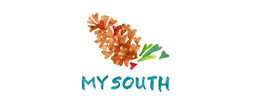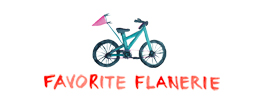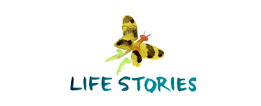This week, as the Christmas retail season gets into full swing, I wanted to highlight the great shopping experience provided by one of my clients, a successful locally-owned business in the state. For the past month, I’ve had the opportunity to work with the team at Halo Business Advisors in crafting a new email marketing “look” for 4450, a unique, high-end women’s boutique in Jackson, Mississippi.
I was able to visit the store for the first time in early November and meet Luke and Alison Abney, the owners. To be honest, I was blown away by the environment, the look and the unique clothing pieces they offer. It was such a different shopping experience from the big department stores where you might find some of their brands, and it made me want to come back again and again.
The look they’ve created in the store is very spare, but inviting. With white walls and trim, lots of gray and neutral interior accessories, exposed metal beams and pinpoint lights, walking into the boutique was like a breath of fresh air. My favorite part was the preservation of space. You know how when you shop in a large department store, you are constantly tripping over items and running into racks of clothing just to get a peek at the merchandise? Well, the 4450 experience is the polar opposite. Their unique displays and well-chosen selections are artfully shown with plenty of comfortable space to sit or explore. Their choice of a neutral background palette really helps the clothing take center stage in their two-story space.
Alison Abney shared with me that she feels the greatest strengths of 4450 as a retail option are their buying choices. They try to offer brands that are unique to the area and feature new design styles that aren’t as prevalent. This really appeals to a broad range of clientele who is interested in a unique and special look not found in every other store. Alison also said that they focus on pieces rather than collections when they choose their designers, offering customers the opportunity to mix and match items to serve their own wardrobe needs.
The urban influences of 4450 are clear in the clothing choices and in the interiors. And, Alison and her team wanted that influence reflected in their email marketing as well. While some of their print advertising might be a little more staid, my job was to create an email look that offered a little “pop” in the inBox. Using black as our base color, we combined some brighter colors with an edgy look to convey their promotional messages in a fun, but sophisticated way. Take a look! And if you’re in the Jackson, MS area, don’t miss a stop at 4450. It’s well worth a trip down the I-55 Frontage Road!









 Hello & welcome! I’m Haley Montgomery, and I’m the designer and owner of
Hello & welcome! I’m Haley Montgomery, and I’m the designer and owner of 















